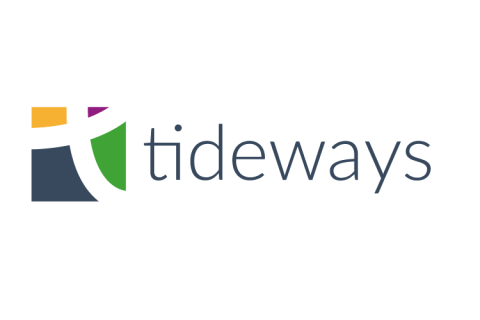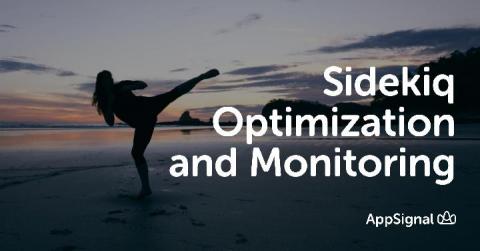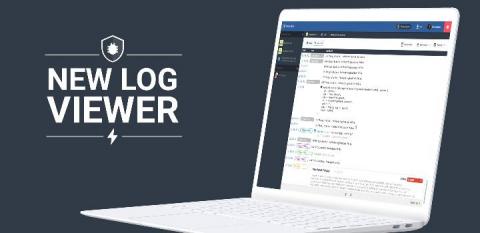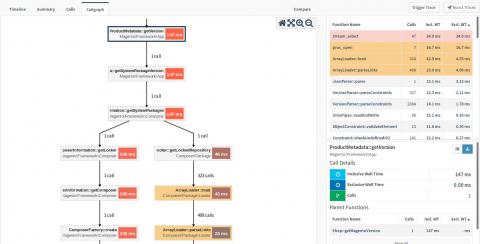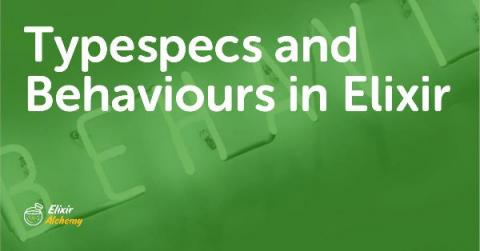Bugfender compatibility with SwiftUI and Project Catalyst
When Apple introduced SwiftUI back in July we immediately knew it was going to generate a lot of expectations. As app developers ourselves, we are very aware about the complexity of User Interface development in iOS. UI has been keeping apps especially expensive and error prone along the years. Many frameworks were created to improve this situation like ComponentKit, Texture or even React Native.



